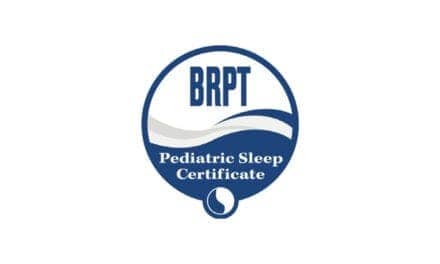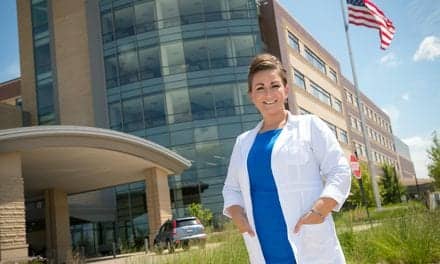Artificial intelligence-powered diagnostics company EnsoData, makers of EnsoSleep software, released its second report on COVID-19’s impact on national sleep centers.
Findings show that while sleep centers are rapidly adopting new strategies and technologies to diagnose and treat sleep disorders during COVID-19 —with 52% adopting telehealth and 96% adopting home sleep testing—some in the industry are still struggling to keep their doors open, their staff fully employed, and their patients fully cared for during the prolonged pandemic.
“Sleep apnea is a condition that plagues nearly one billion people worldwide, costs the US nearly $150 billion annually, and is associated with increased risk for high blood pressure, heart problems, diabetes, stroke, depression, and complications with medications, surgeries, and pregnancies. We simply can’t afford to fall behind in treating patients,” says Chris Fernandez, CEO of EnsoData, in a release. “Our hope is that this new data helps inform the current state of the sleep industry and provides a clear pathway for how sleep centers can improve the present gaps and opportunities in patient care.”
[RELATED: What’s Next for Sleep Disorders Centers?]
EnsoData highlights these key findings:
- Sleep centers can do a better job of meeting their patients where they are—at home. Surprisingly, 44% of sleep clinics surveyed did not add telehealth offerings in 2020. Telehealth has been a boom for patient access and education in simple visits for set-up instructions and basic troubleshooting. Looking forward, respondents believe it will remain a crucial asset for increasing patient access to sleep medicine services, so lingering clinics must adapt quickly.
- Offering home sleep apnea tests (HSATs) is the new norm. HSATs are the future of early diagnostics and 83% of sleep clinics reported offering reusable HSATs in 2020. Reusable and disposable HSATs help clinics meet COVID-19 social distancing restrictions and keep staff and patients safe.
- Some clinics struggled to keep staff employed. While 38% of sleep centers experienced no changes in staffing and 7% even saw staff increases, 29% of locations were forced to furlough staff, and the remaining 26% had to cut hours or force paid time off usage.
- Staff flexibility is crucial—and possible. Of the clinics surveyed, 42% shifted to a mixed remote/onsite or fully remote staffing and delivery model. Even further, of those, 88% reported that remote work has had no material impact on the clinic staff’s ability to collaborate, achieve objectives, and move the practice forward during COVID, highlighting an opportunity to further de-couple the delivery of care from localized to virtualized and national access and care models.
“If we’re going to ensure that everyone has access to quality and affordable treatment, sleep centers must continue to lead the charge in embracing technology and change, such as adapting to telehealth and providing flexibility for staff,” Fernandez says. “The sleep industry can help lead the way for other specialties’ adoption of better standards to improve outcomes across the board for communities around the U.S. and globe.”
This survey was conducted in November 2020.
Photo 182301844 © Melpomenem – Dreamstime.com





